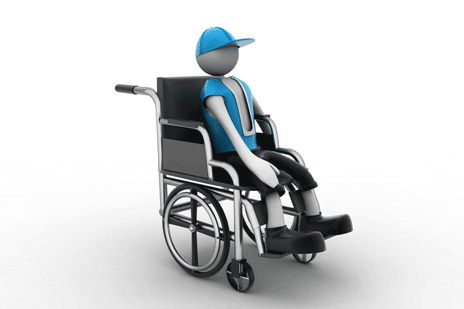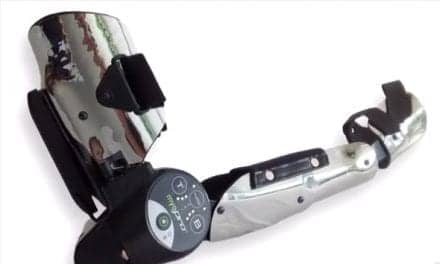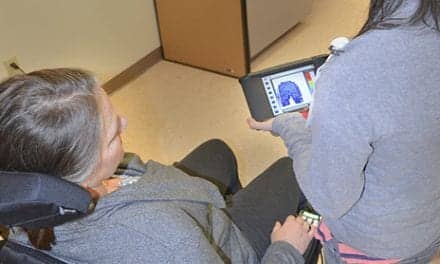Surgeons from The Institute for Advanced Reconstruction recently performed a procedure on the phrenic nerve of a spinal cord-injured patient dependent on a ventilator to breathe. According to a news release from The Institute, the procedure is demonstrating promising results that it could help patients wean off their use of mechanical respiration.
Per the release, on December 5, 2014, Matthew R. Kaufman, MD, FACS, from The Institute for Advanced Reconstruction in Shrewsbury, NY, and Adam M. Shiroff, MD, chief of trauma surgery at Jersey Shore University Medical Center in Neptune, NJ, performed a phrenic nerve graft on and installed a diaphragm pacemaker into Andrew Brown, who received a spinal cord injury and had been paralyzed from the neck down due to a car accident, and was dependent on a respirator to help him breathe. During the procedure, Andrew Elkwood, BS, MD, from The Institute also performed tendon transfers on Brown’s right arm, which is permanently bent at a 45-degree angle.
Kaufman is said to be the only known surgeon to perform surgery on the phrenic nerve, which controls the function of the diaphragm muscle—the primary muscle involved in breathing, the release notes. Damage to the spinal cord and the resulting paralysis can impact the transmission of nerve impulses that control breathing.
Three months after the procedure, the surgeons saw improvement. “We are thrilled that he has already reduced his ventilator requirements substantially. As the phrenic nerve regenerates over a period of 1 year and the diaphragm muscle strengthens, we would not be surprised if he is eventually able to breathe completely on his own,” Kaufman states in the release.
In addition, the tendon transfer procedure has helped Brown gain some movement in his right thumb. Per the release, Elkwood is one of only a few experts worldwide who performs specialized microsurgery procedures.
“This was life-changing surgery,” Brown says in the release. “But I’m still hoping for further improvement.” His goal, per the release, is to regain the use of his arm and to breathe without the pacemaker
A study by Kaufman, Elkwood, and others was published in the April 2015 issue of Journal of Reconstructive Microsurgery. The news release states that, among the SCI patients they studied, “Recovery of diaphragm electromyographic activity was demonstrated in 13 of 14 (93%) of patients.”
[Sources: The Institute for Advanced Reconstruction, PR Newswire]





